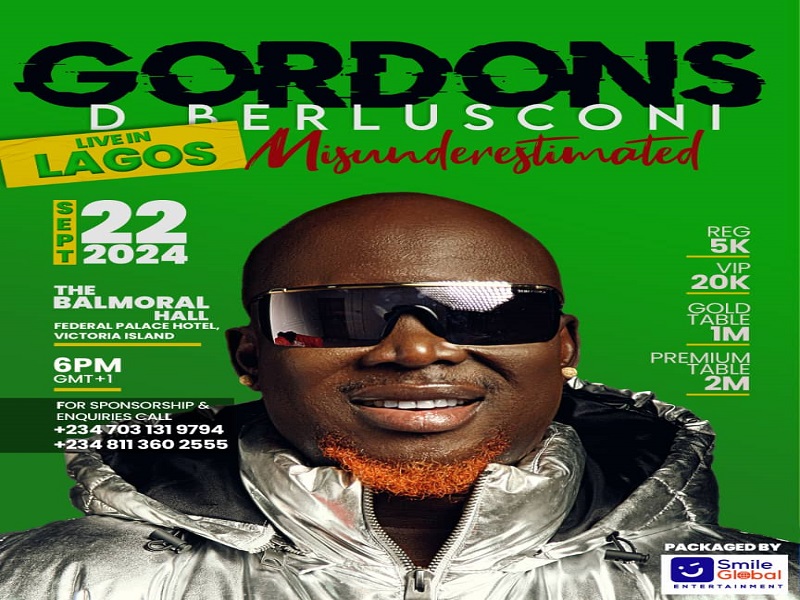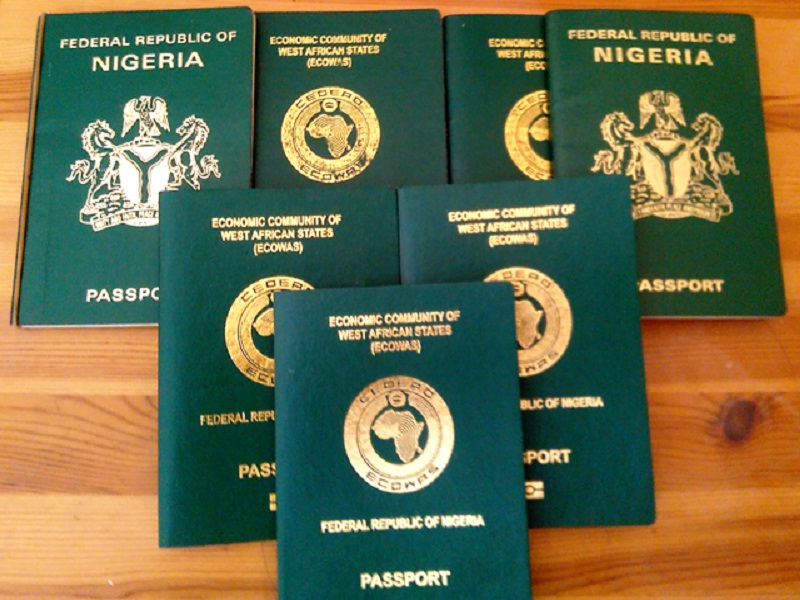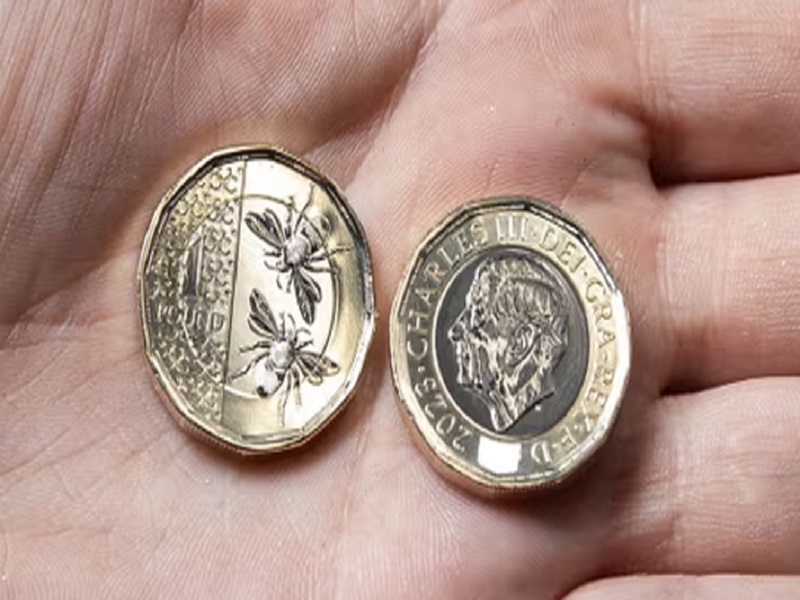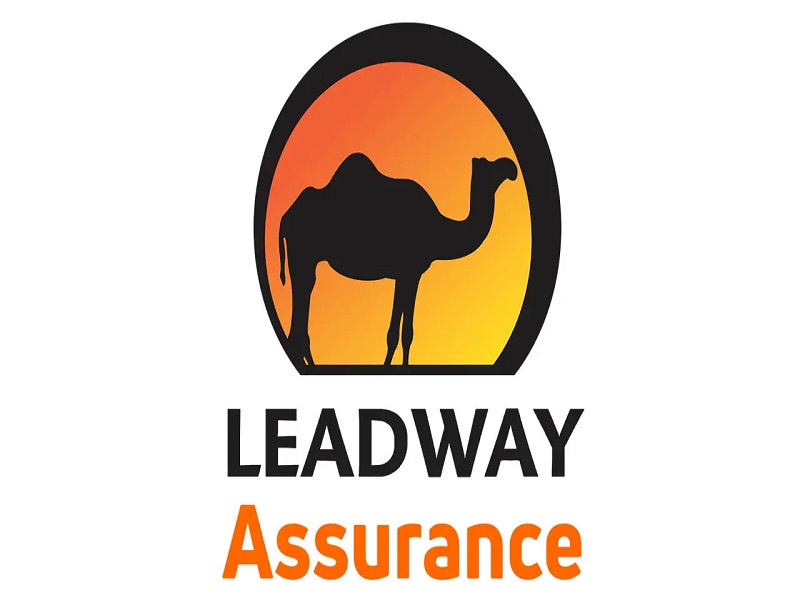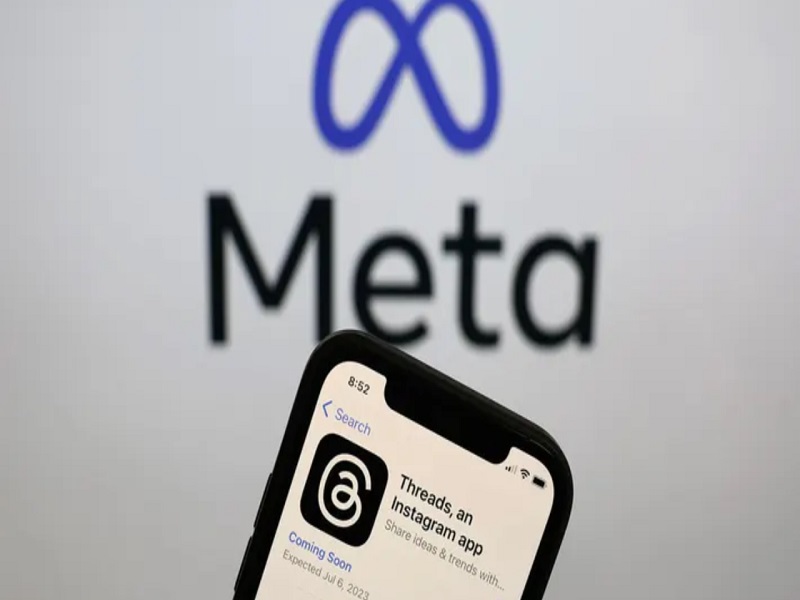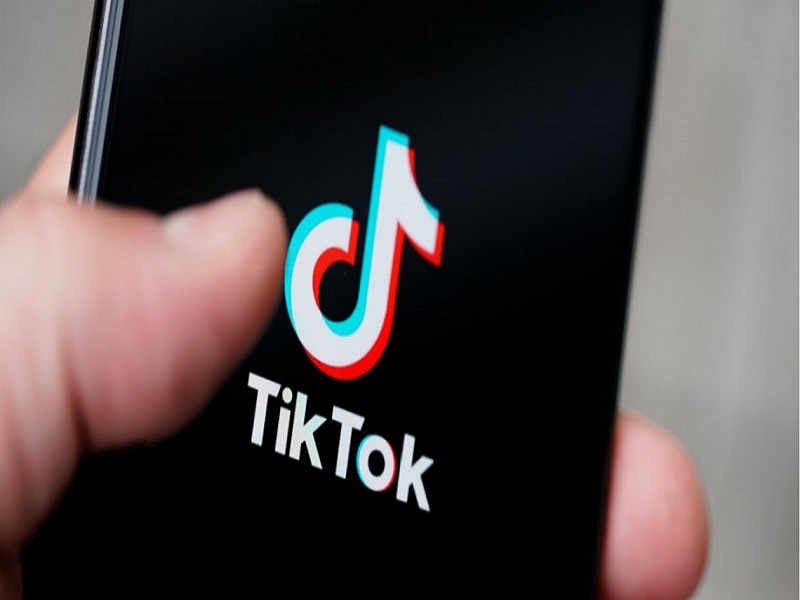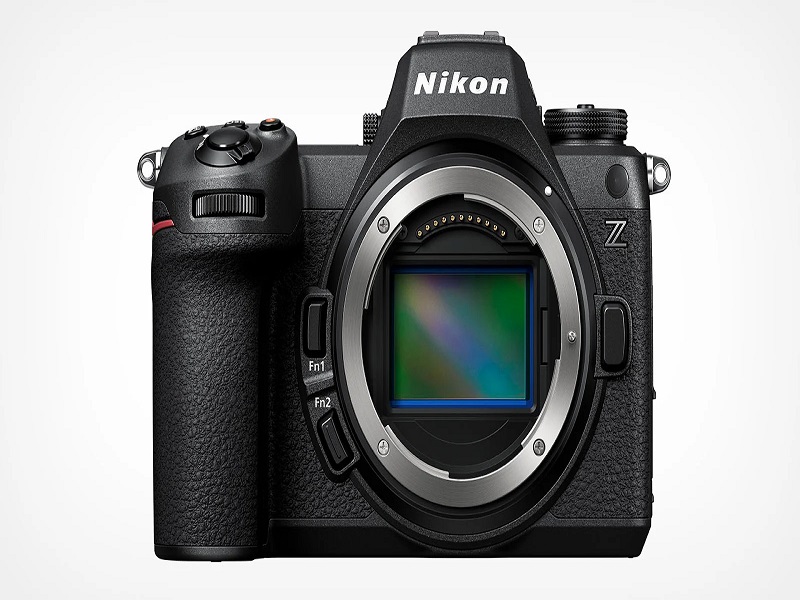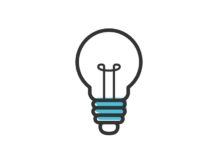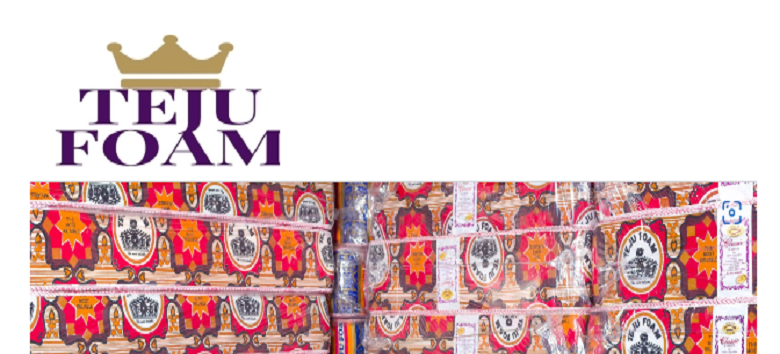What Are Kidney Stones?
Kidney stones are hard pebble-like objects that can form inside your kidneys. They’re made of minerals and salts. You might hear your doctor call them renal calculi, nephrolithiasis, or urolithiasis.
Kidney stones are small — usually between the size of a kernel of corn and a grain of salt. They can form when your body has too much of certain minerals, and at the same time doesn’t have enough liquid. The stones can be brown or yellow, and smooth or rough.
Kidney Stone Symptoms
You can have kidney stones and not have any symptoms. Or the symptoms may not start until your kidney stone goes on the move.
A stone can move around within your kidney. It can also move into the tube that connects your kidney to your bladder. Symptoms can be mild or strong, and include:
- Intense pain in your side or back, below the ribs (your doctor might refer to it as renal colic)
- Pain in your groin and lower abdomen
- Pain that comes and goes and ranges in severity
- Pain when you pee
- Going to the bathroom more often than you usually do
- Pee that’s cloudy, pink, red, or brown, or smells bad
- Feeling like you need to pee all the time
- Fever and chills if you have an infection
- Nausea and vomiting
- Burning sensation when you pee
- Less urine when you do pee
- Being sick to your stomach and throwing up while in pain
- Being feverish and cold off and on while in pain
- Having bloody urine or a hard time going
Kidney Stone Causes and Risk Factors
Both men and women can get kidney stones, but men’s chances of getting them are about double that of women’s.
- Calcium
- Oxalate
- Uric acid
- What you eat
- Diarrhea (which can dehydrate you)
- Obesity
- A family history of kidney stones
- Pregnancy
Things that can cause kidney stones include:
- Dehydration
- Medical conditions including gastric bypass surgery, inflammatory bowel disease (ulcerative colitis and Crohn’s disease), medullary sponge kidney, gout, diabetes, and Dent’s disease
- Vitamin C supplements
- Lack of calcium from your food
- Excess oxalate or protein in your diet
- Some medications like triamterene (Dyazide, Maxzide), a diuretic that treats high blood pressure; antiseizure drugs; decongestants; corticosteroids; and protease inhibitors like indinavir sulfate (Crixivan) for HIV.
Types of Kidney Stones
Doctors break down kidney stones into types. Knowing which kind you have could affect the treatment you get. They include:
Calcium stones: These are the most common ones. Even just eating some foods very high in oxalates, such as rhubarb, or taking unusually high levels of vitamin D, can boost your chances of getting this type. You could get this kind if you typically don’t drink enough water or if you sweat a lot and don’t replace the fluids you lose.
Struvite stones: Infections, especially in the urinary tract, can cause this kind of stone.
Uric acid stones: Eating large amounts of animal proteins can lead to uric acid buildup in your urine. That can eventually form a stone either with or without calcium. Risk factors include gout, diabetes, and chronic diarrhea.
Kidney Stone Diagnosis
How does your doctor know if you really do have a kidney stone? First, they’ll get a medical history and examine you. Then, if needed, they’ll order tests to get pictures of your kidneys and urinary tract.
You might get:
- Blood tests: They can show if you have too much calcium or uric acid in your blood. They also tell your doctor a lot about how healthy your kidneys are.
- Urine test: The doctor may tell you to collect one or two 24-hour samples. It shows if there are too many stone-forming minerals in your urine or not enough of other compounds that stop stones from forming.
- Imaging tests: Doctors use these to check for stones in your urinary tract. You might get an X-ray of your belly or a computerized tomography (CT) scan, which combines a series of X-rays to make a picture of your body. An X-ray can show larger stones, but the CT scan helps doctors find small ones.
- Analysis of passed stones: The doctor will get you to pee through a strainer to catch any stones you might pass. They’ll send them to a lab to see what they’re made of. This can tell them what’s causing your stones and how to treat them.
Pregnant women should get an ultrasound rather than a CT scan in the first trimester, when babies are most at risk of a radiation injury. A low-dose CT scan is less dangerous in the second and third trimesters.
Kidney Stone Treatment
Not all kidney stones require treatment. If a stone is small, you may be able to get rid of it when you pee. To speed up the stone’s passage, you can:
- Drink water. Between eight and ten 8-ounce glasses will keep minerals from building up in your urine. Aim for clear urine.
- Take over-the-counter pain meds. Ibuprofen or naproxen sodium can ease discomfort. But only take if approved by your doctor.
- Get a prescription. The doctor can give you a medication known as an alpha blocker. It relaxes the muscles in your ureter, the tube that carries urine from your kidneys to your bladder, so you can pass the stone more quickly and with less pain.
If your stone is bigger or you can’t pass it, you might be in a fair amount of pain. In this case, the doctor can break up the stone in a couple of ways, so your body can eventually get rid of it. These include:
The treatment takes about an hour, and you can usually go home about an hour later. It doesn’t involve any surgical cuts, but there’s still some pain. Your doctor will talk about your options with you: sedation, local anesthesia (you’re given something to numb the pain but stay awake), and general anesthesia (you’re not awake during the procedure).
Ureteroscopy: This procedure treats stones in your kidneys and ureters. The doctor uses a thin, flexible scope to find and remove stones. They won’t make any cuts in your skin, but you will be asleep during this procedure.
The doctor will pass the scope through your bladder and ureter into your kidney. They’ll use a small basket to remove small stones. If the stones are larger, the doctor will pass a laser through the scope to break them up. Most people go home the same day.
Percutaneous nephrolithotomy: Another way doctors can get rid of a kidney stone is to cut a small hole in your back and through your kidney in order to remove the stone. If this procedure is done, you could have to stay in the hospital for several days.
Kidney Stone Prevention
Once you have a kidney stone, you’re more likely to get one later in life. About half of people who have one will get another within 7 years if they don’t take care to try to prevent it. To stop this from happening, you can:
Cut back on sodium and salty foods: Lots of sodium can raise calcium levels in your urine. That can cause stones to form. If you cut back on the sodium you get from food and beverages, it also will help your heart and lower your blood pressure.
Drink and eat enough calcium: This preventive step might sound a little confusing, as doctors will tell you that high calcium levels (because of too much sodium) in your urine can cause a stone. Not getting enough calcium can boost the level of the oxalates in your urine. They’re found in foods like rhubarb, spinach, beets, bran flakes, potato chips, and french fries. And oxalates can cause kidney stones. It’s best to get your calcium from foods and beverages rather than supplements.
Avoid certain foods and soft drinks: If you’ve already had at least one kidney stone, it’s a good idea to limit the animal protein you eat each day to a piece about the size of a deck of cards. Some foods, such as eggs, spinach, beets, chocolate, and nuts, as well as colas, have been linked to kidney stones.
Kidney Stone Complications
Complications can follow treatment for a large kidney stone or result from leaving stones untreated. They can include:
- A blocked ureter
- Damage to the ureter
- Bleeding during surgery
- Pain
- A urinary tract infection
- Sepsis, an infection that spreads through your whole body.
Source: webmd.com





